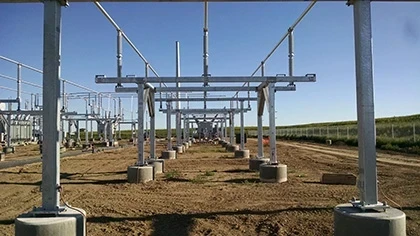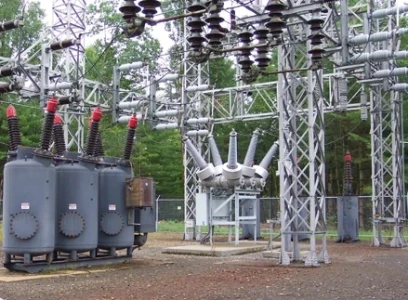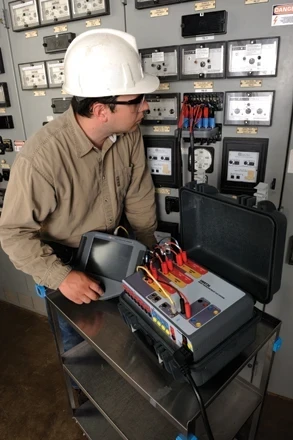Substation Architecture Protection

Solving common mistakes in communications cabling for electrical utilities
BY FRANK KODITEK, Belden Inc.
In the energy industry, there are numerous types of cables in use for a wide variety of applications, from transporting high-voltage current for miles to providing power and data connectivity within and among substations and to and from control centers. For the purposes of this article, we will be looking at the communications cables that are the veins and arteries of the substation communications architecture. The aim is to achieve adequate substation architecture protection.
In general, the International Electrotechnical Commission’s IEC 61850: “Power Utility Automation” is the global standard for the design of electrical substation automation, and it specifies internet protocols (TCP/IP networks) and high-speed Ethernet-based substation LANs (local area networks) as the transport vehicles.
Choosing the right cable for these applications is critical to performance. As important as cabling is to effective communications, and therefore to appropriate and effective functioning of the power grid, consider this: a recent analyst report concluded that there is room for improvement in installing an appropriately engineered network infrastructure. What can go wrong? Here is a list of some common mistakes.
1
IMPLEMENTING NON-STANDARD SOLUTIONS
No one expects legacy bus systems to disappear overnight. In an industry known for long equipment amortization cycles, much of the serial equipment in power utilities still has a long productive life. However, support for those systems is phasing out. With Ethernet extending practically to the sensor for many applications, it may not be the best strategy to plan expansion based on extending a current serial-based deployment.
SUGGESTION: IEC 68150 is the gold standard for power utilities of the future, and Ethernet is a part of that standard. Legacy bus systems can be easily incorporated into Ethernet infrastructure, ensuring that upgrades and greenfield designs are future proof and supporting the expectation that new purchases will have a useful lifetime of more than 30 years.









